The Hanuman Plover, also known as Charadrius seebohmi, is a newly described species of shorebird found in Sri Lanka and South-east India. The species was previously considered a subspecies of the Kentish Plover, Charadrius alexandrinus, but our recent research has shown that it is genetically and phenotypically distinct from other populations of the Kentish Plover. The research paper published in IBIS, provides valuable insights into the taxonomy and biogeography of the Kentish Plover species complex.
The Hanuman Plover is a small shorebird with white underparts and grey upperparts, dark grey legs, and a white hind neck collar. It has an incomplete front eye-lore which becomes darker in the breeding plumage in contrast to C. alexandrinus which has a complete black line. It does not have a rufous cap in the breeding season. The adult breeding male has a little rufous tined cap, dark incomplete breast patches, and a black forehead stripe while female C. seebohmi resembles female C. alexandrinus. It lacks black in the forehead stripe, ear coverts, front eye-lore, and breast patches in both breeding and winter plumages.
The Hanuman Plover is named after Hanuman, the ape-God of the Ramayana, a Sanskrit epic from ancient India, who helped Rama’s ape-army to build the mythological bridge between southern India (Rameswaram) and Sri Lanka (Mannar Island), the type locality of C. seebohmi, to trespass to Sri Lanka. The vernacular Singhalese and Tamil names for the species are Hanuman Olaviya and Hanuman Uppukkothi, respectively.
In this research, we were able to show that the Sri Lankan and South-east Indian populations differs in body size, moulting pattern, and plumage coloration from C. alexandrinus and C. dealbatus. Furthermore, based on two mitochondrial, two sex-linked, and 11 autosomal microsatellite markers from 378 individuals, we were able to show that these three taxa have moderate genetic differentiation. The South Asian taxon is sister to the clade of C. alexandrinus and C. dealbatus with an estimated divergence time of 1.19 million years ago.
These research findings have important implications for the conservation of this species and its habitats. The paper highlights the importance of using multiple lines of evidence, including morphometric measurements, plumage, and molecular DNA data, to assess the taxonomic status of populations and species. Also this work provides a framework for future studies on the Kentish Plover (Charadrius alexandrinus) species complex and other avian species with broad geographical ranges.
The discovery of the Hanuman Plover is significant as it highlights the importance of using multiple lines of evidence to assess the taxonomic status of populations and species. Our findings have important implications for the conservation of this species and its habitats. The Hanuman Plover is a unique and important species that deserves further study and conservation efforts.
Citations:
Niroshan JJ, Liu Y, Martinez J, Que P, Wei C, Weerakkody S, Panagoda G, Weerasena J, Amarasinghe TA, Székely T, Bond AL. Systematic revision of the ‘diminutive’Kentish Plover (Charadriidae: Charadrius) with the resurrection of Charadrius seebohmi based on phenotypic and genetic analyses. Ibis. 2023 Apr 12. : https://onlinelibrary.wiley.com/doi/10.1111/ibi.13220
https://www.nhm.ac.uk/discover/news/2023/april/hanuman-plover-makes-comeback-as-species-after-86-years.html
https://elvonalshorebirds.com/news/resurrection-of-charadrius-seebohmi/
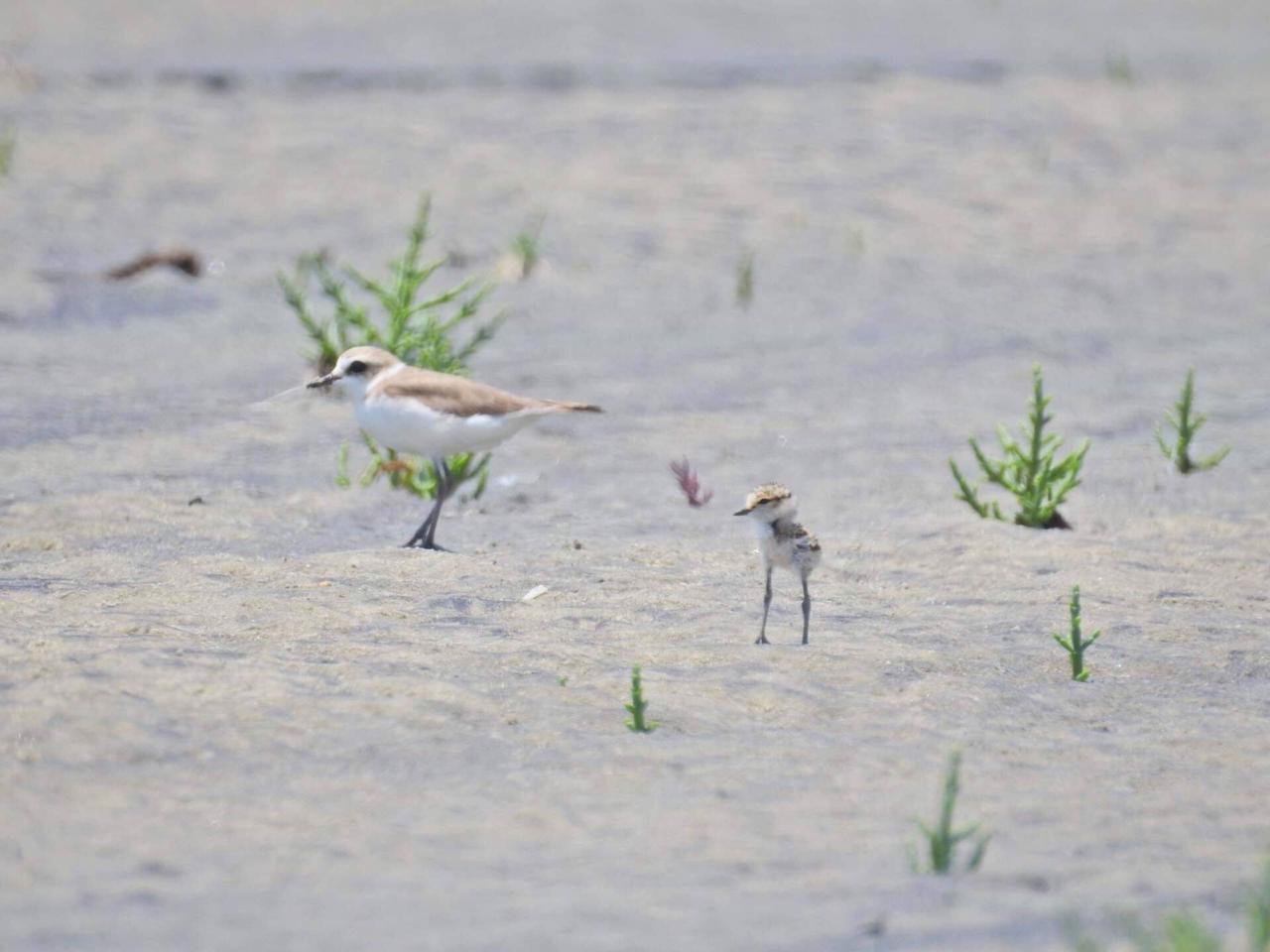
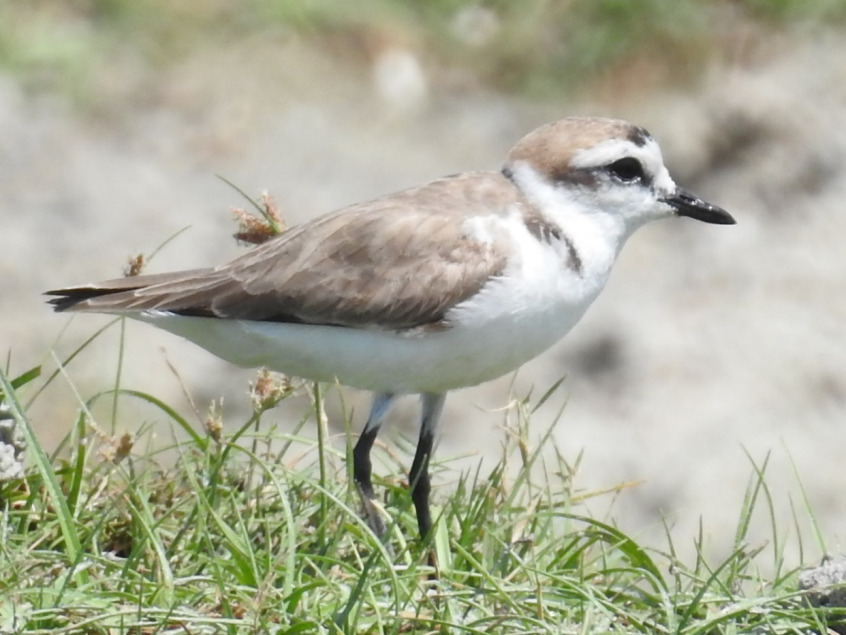
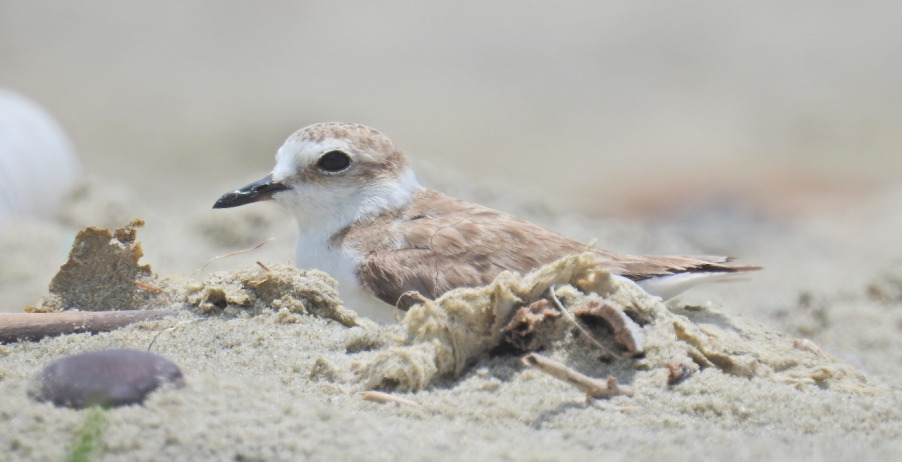
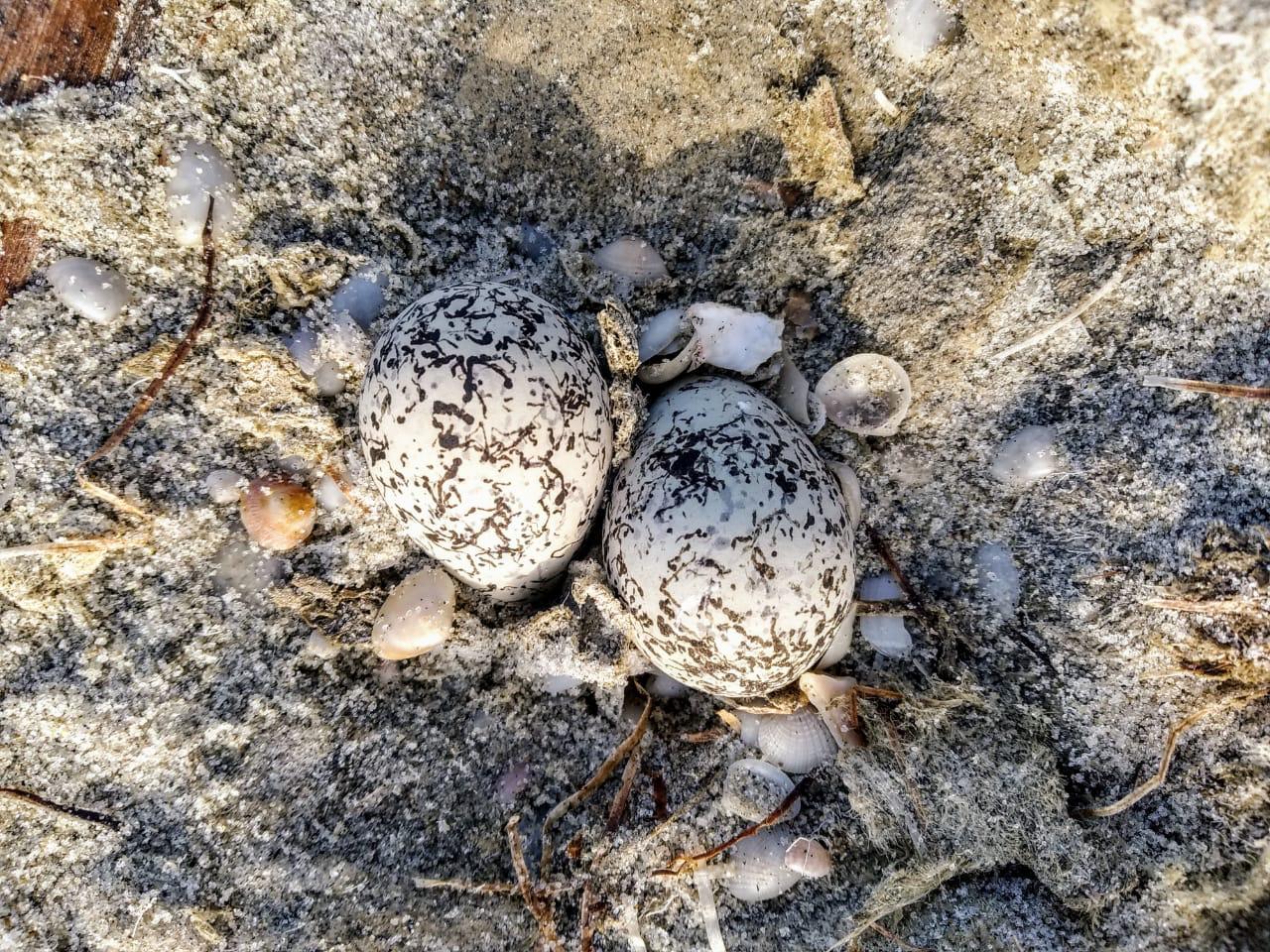
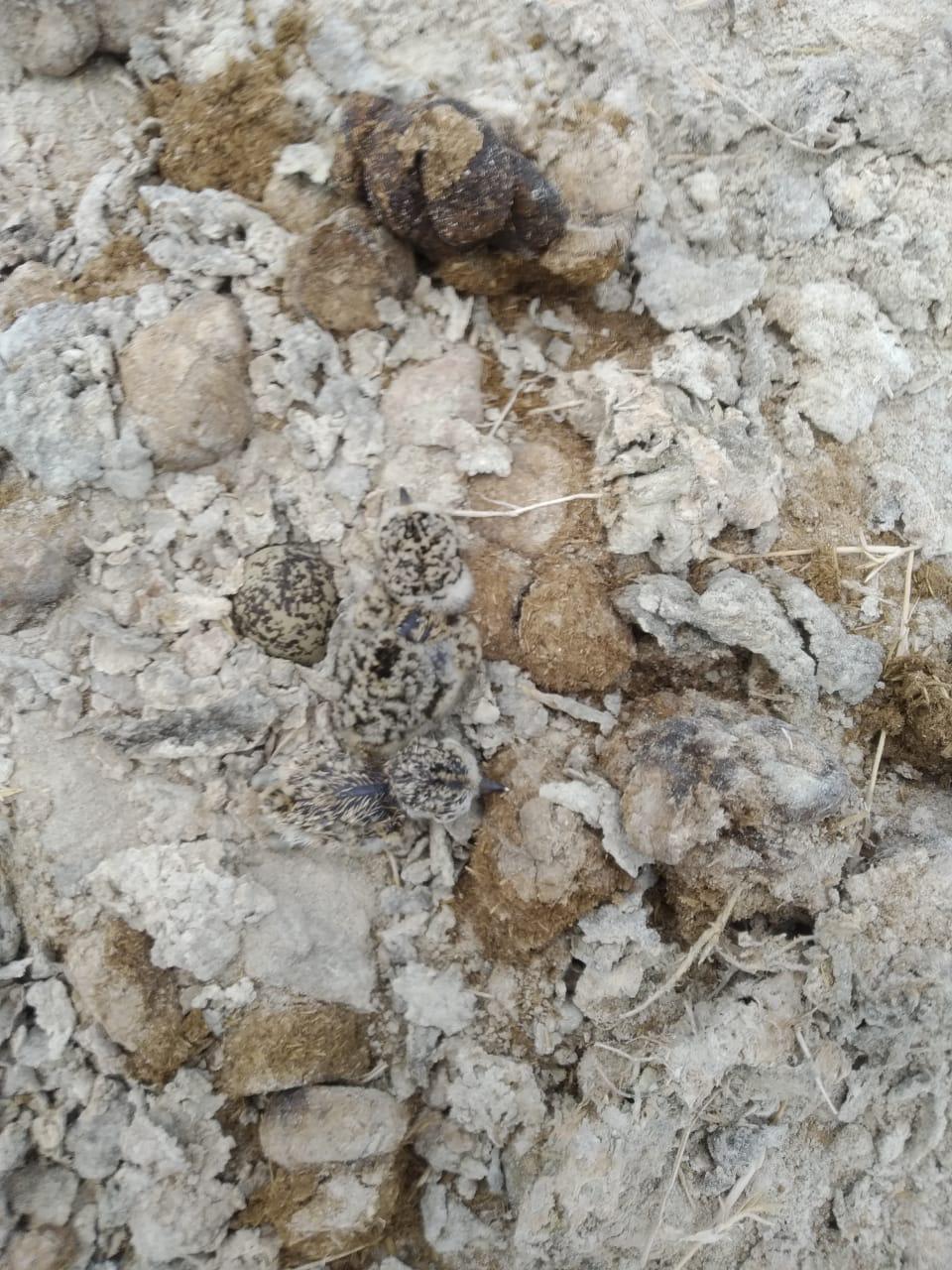


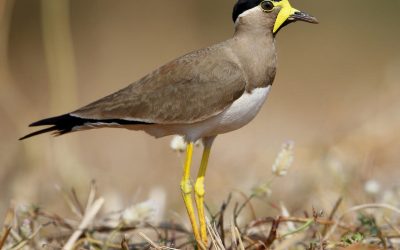
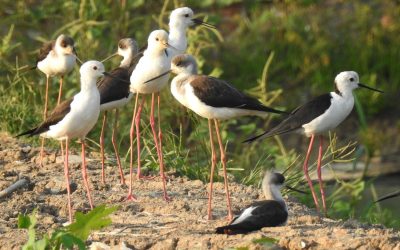
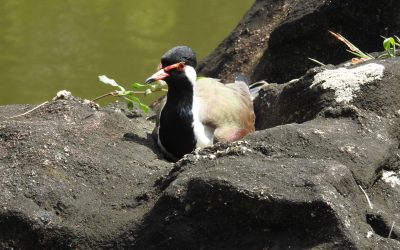
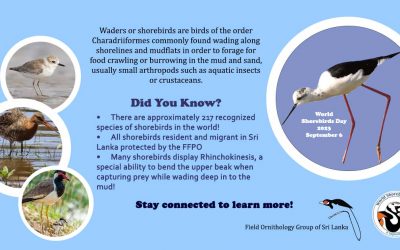
0 Comments